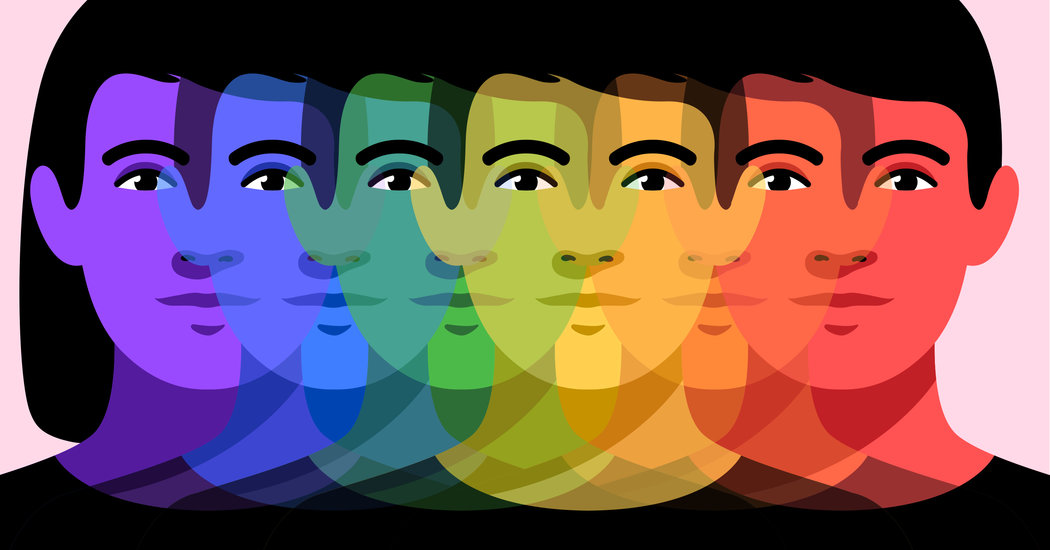
Growing up gender-diverse means children and adolescents are much more likely to be bullied and excluded, and they are at high risk for depression, suicidal thoughts and suicide. “The statistics are pretty stark,” Dr. Breuner said, “triple the rate of suicide, five times the risk of suicidal ideation, bullying, teasing, abuse. It’s just horrific.”
“The biggest reason for doing a lot of this work is to try and prevent some of the traditional horrible outcomes that transgender or gender-nonconforming youth have ended up with,” Dr. Steever said. “We know that many of these people, if unsupported, have grown up and dealt with depression, suicidal ideation and attempts, substance use and abuse, S.T.D.s, including high rates of H.I.V. in transgender women, domestic violence, physical abuse and discrimination — the work we’re trying to do here is to prevent some of those outcomes.”
But the research shows, he said, that if the children are accepted, they do much better. Dr. Breuner agreed: It’s the environment that endangers the child, she said, not the gender issues; if the child’s family and school and health care system are supportive, she said, the child should not be at higher risk than the general population.
Some worry that “gender-affirming care” may push children toward thinking they have gender issues, Dr. Breuner said, but in a much broader sense, “we just have to be as parents really open to whatever conversation our kids want to have with us.”
Dr. Rafferty noted: “Part of the affirmation process is parents understanding their kids, and kids understanding the perspective of parents.”
If parents are looking for health care for a child who is gender-diverse, Dr. Breuner said, look for a clinic that pays attention to the details of affirming the child’s identity: The providers ask what pronouns the child uses, the bathrooms are all-gender, and when you check in, they ask what the child wants to be called. “The clinic should have the capacity for a child to be able to change the name in the system,” she said.
Some families will decide to use drugs that block puberty, preventing the body from developing the secondary sexual characteristics of the gender that the child wants to abandon, Such drugs block characteristics like breast development in biological females, and voice deepening and facial hair in biological males. Dr. Steever called it a “pause button,” which gives families time for counseling and a chance to be sure of the child’s wishes. Some adolescents will decide to pursue further interventions, medical or surgical, sometimes called transitioning.

